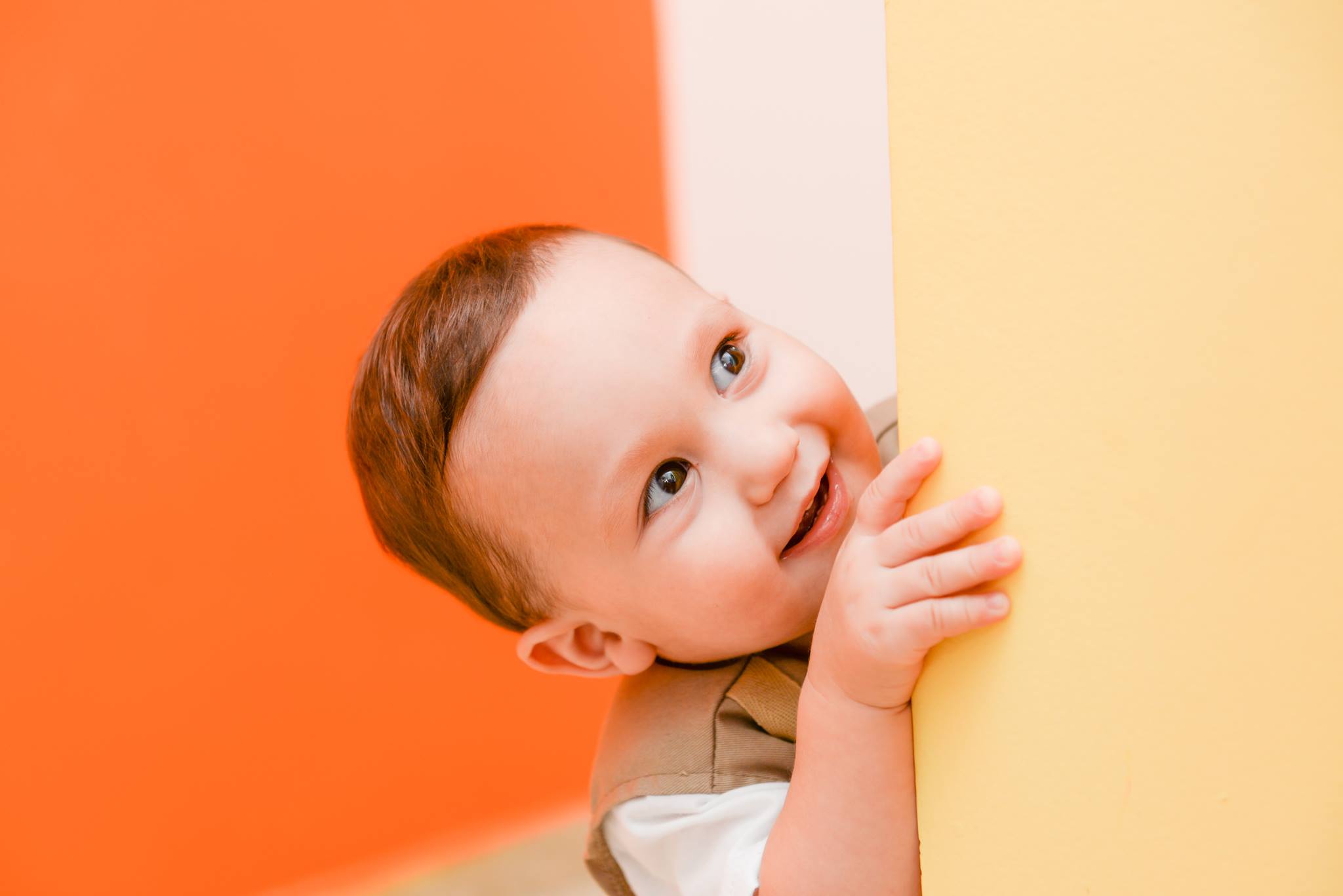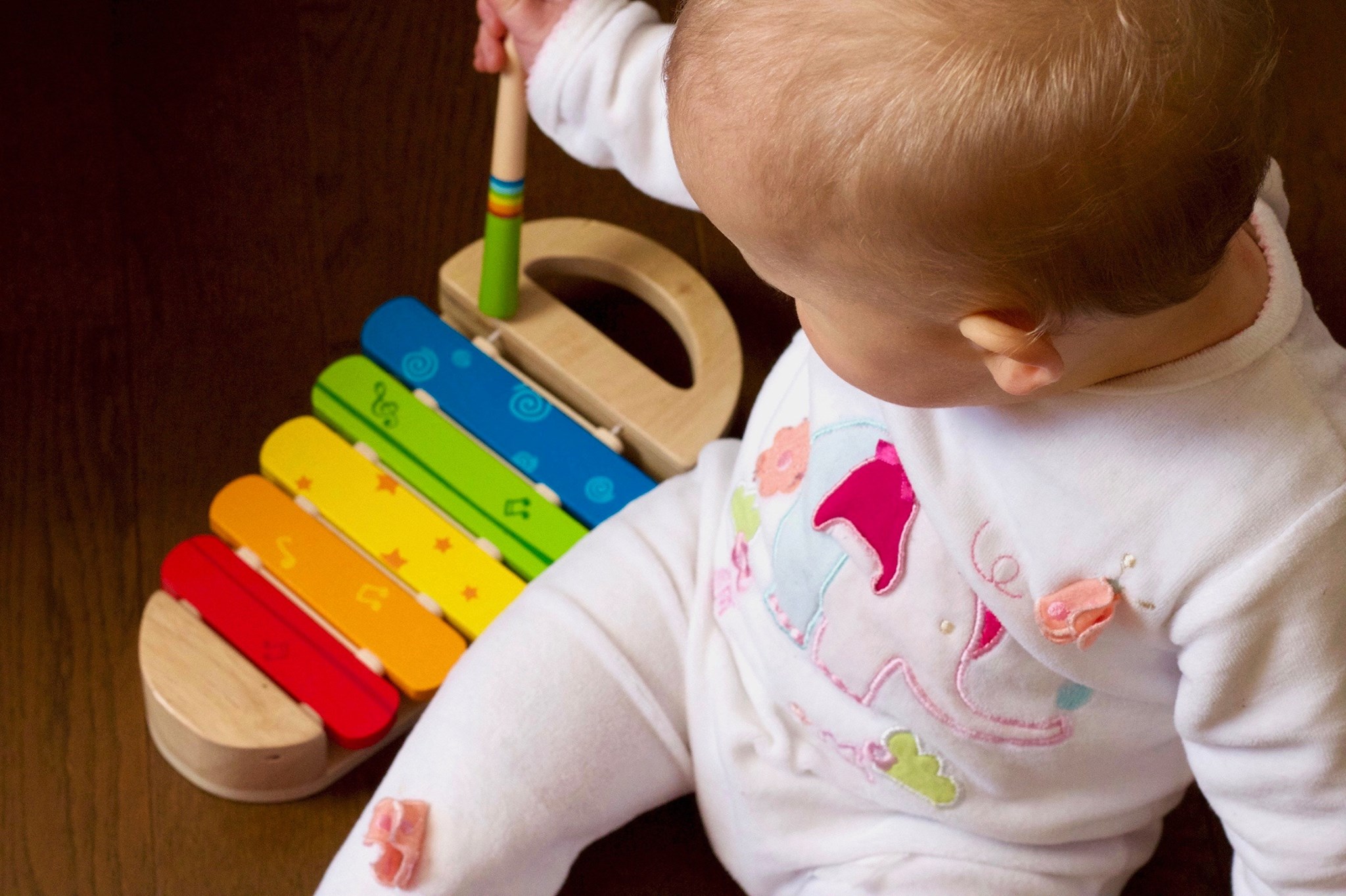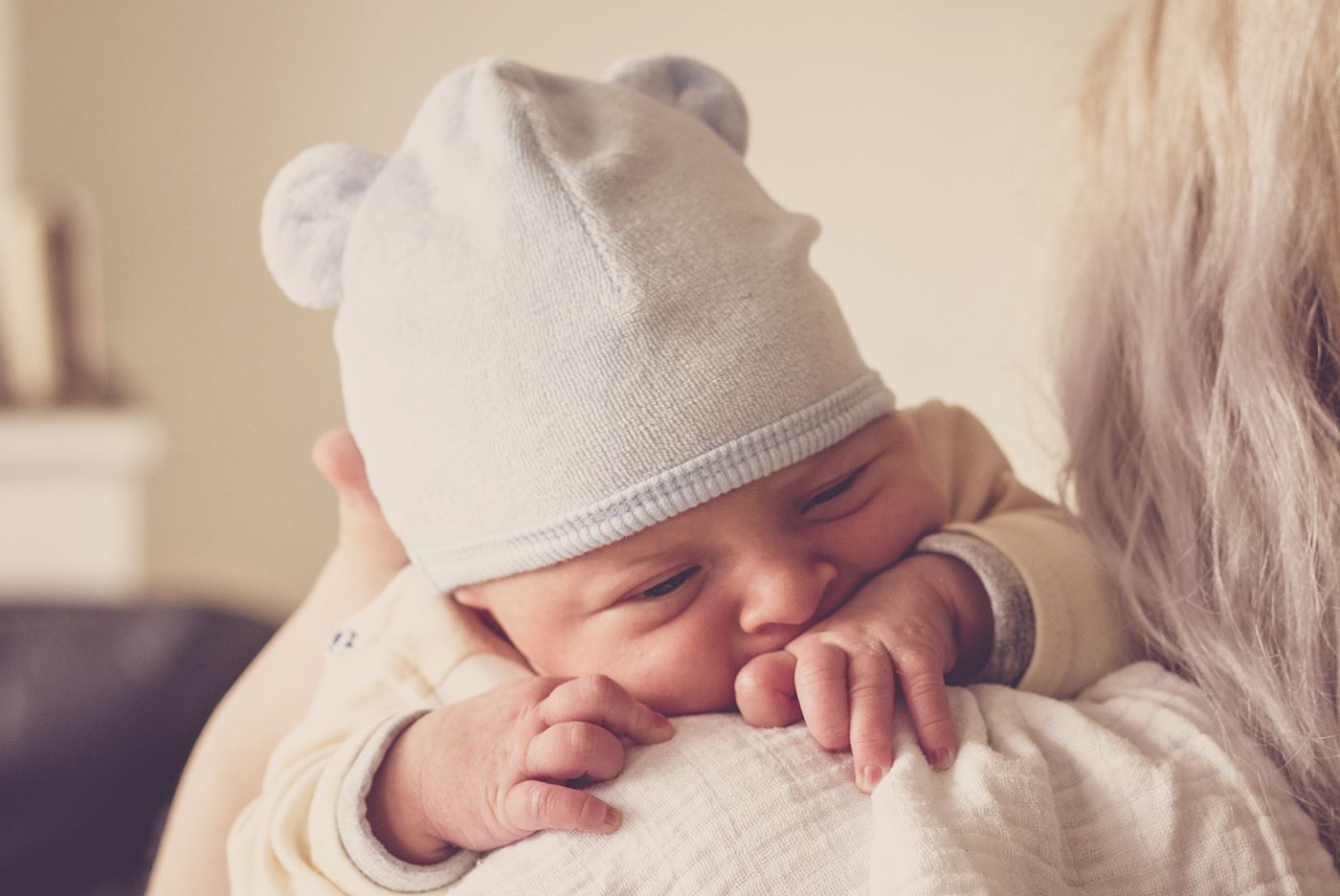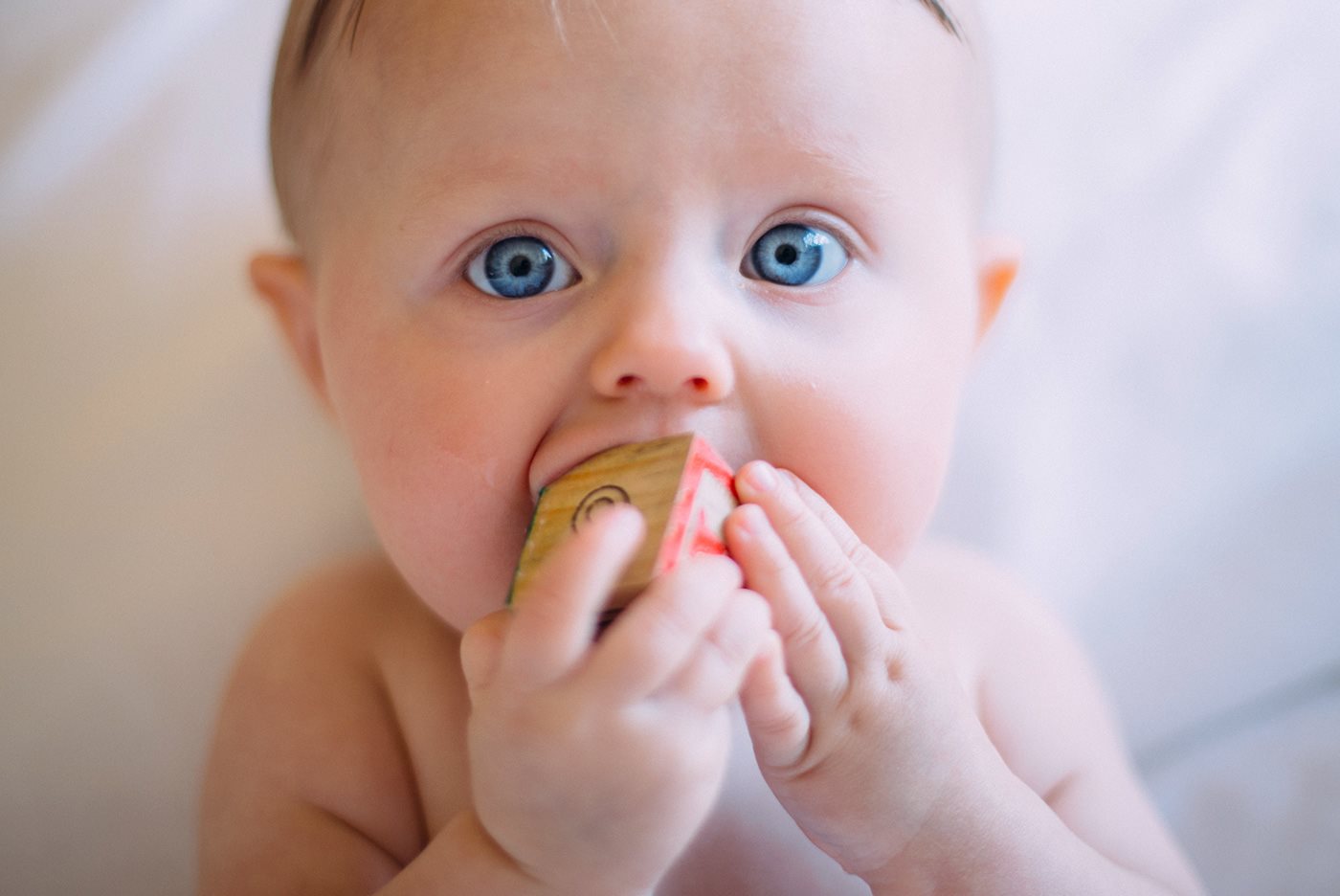Torticollis, or wry neck, is a relatively common condition in new born babies. Translated from the Latin, it literally means ‘twisted neck’. Congenital muscular torticollis, the most common form of paediatric torticollis, occurs because the sternocleidomastoid muscle (SCM) has shortened and contracted. The SCM muscle runs along each side of the neck and controls how the head moves — side to side, and up and down.
There are a few common reasons why the SCM muscle may have become contracted and cause your child’s head to tilt to one side:
You may not notice anything unusual about your baby for the first 6 or 8 weeks. It’s common for torticollis symptoms only to become obvious once an infant gains more control of the head and neck.

Some of the symptoms you might experience:
At the London Orthotic Consultancy, we have found that torticollis is the primary cause of flat heads in the babies that we examine. It is important, therefore, to take action to treat your baby’s torticollis - either by following some simple, gentle neck exercises at home, or by referral to a specialist physiotherapist.

If we find that your baby has a neck problem at an initial, free flat head consultation, we will advise you on the steps that you can take. We can also refer you to a paediatric physiotherapist. Stretching exercises are most likely to work well if started when a baby is between three and six months of age. But, be aware that even if started at this age, it still might take some months to resolve the condition completely.
If your baby has developed moderate or severe asymmetry of the head, helmet therapy will probably be the recommended treatment option, since the optimum age to start this treatment is between four to six months and after 18 months of age, the treatment becomes less effective. Helmet therapy can be started concurrently with any physiotherapy for torticollis, as the helmet will prevent the baby’s head from getting any flatter. The London Orthotic Consultancy has more than a decade of experience in treating positional plagiocephaly (flat head syndrome), and baby helmet therapy is a proven, effective treatment.

You can get a fast, free, flat head diagnosis from our fully qualified orthotics team. Simply attach pictures of your baby’s head to [email protected] and one of our highly experienced orthotists will contact you within 24 hours to give you a free, qualified and impartial opinion on your baby’s condition.
Or, if you prefer, you can book an initial, free flat head consultation at one of our clinics, where we will be happy to make an assessment and offer advice and discuss any necessary treatment.

This is very much dependent on how fast your baby is growing. The faster the growth, the more frequently your baby will be seen so that the helmet can be adjusted. In general, reviews will happen at two to four-week intervals.
The price of treatment covers:
Yes - All babies that have completed their course of treatment with us have achieved a measurable improvement in head shape. However, you don’t have to take our word for it.
Recent independent research conducted by a University Hospital in Germany has endorsed the treatment for babies with moderate or severe plagiocephaly.
A larger, retrospective study has just been published that found complete correction was achieved in 94.4% of babies treated with helmet therapy.
The results were conclusive: repositioning achieved acceptable correction in 77.1% of cases, but 15.8% were moved onto helmet therapy because re-positioning was not working. Meanwhile, 94.4% of the infants who started in the helmet-treated group achieved full correction, as did 96.1% of those who were transferred from the repositioning group into the helmet-treated group.
Further information can be found on our Plagiocephaly Research page.
If your baby has a temperature or a fever due to illness you must remove the band. The band can be put back on once the temperature has returned to normal.
The optimum age for treatment is between four and seven months.
This is because the skull is most malleable at this age and improvements to head shape tend to take less time and are more dramatic. That is not to say that helmet therapy should be ruled out if the baby is older than seven months. Routinely, babies up to the age of 16 months can be treated very successfully.
The cut off age is around 18 months when the fontanelles (soft spots on the head) are no longer malleable. As babies grow and develop at different rates, it is always worth checking if you are not sure. There have been cases where a baby’s fontanelles have not fused yet by the age of 18 months, who have achieved successful, but less-marked results with cranial remoulding therapy.
Torticollis is a condition in which a tight or shortened muscle in one side of the neck causes the head to tilt or turn to one side, resulting in the infant resting its head in the same position. In 2013, we analysed the data from all first appointments in our Kingston clinic and found that 20% of the babies examined had some kind of neck condition that was causing head immobility.
The clinics and clinicians that provide this treatment in the UK will have received similar training and experience. However, we are the only clinic that manufactures its own helmet and our clinicians are closely involved with the process for each individual helmet that we produce.
In addition, we do not restrict review appointments to a set number, we are extremely flexible and respond to individual parents' needs so that the best outcome can be achieved for each baby.
The LOCband is non-invasive and works by applying gentle, constant pressure over the areas of the baby’s skull that are most prominent while allowing unrestricted growth over the flattened areas. The band consists of a soft foam layer inside a thermoplastic shell. As the baby grows, the band will be adjusted frequently to gently guide the skull into a more symmetrical shape.

See how a thorough gait analysis and a correctly-fitted, bespoke Reciprocating Gait Orthosis (RGO) helped Ted, a spinal surgery and cancer survivor, improve his rehabilitation and mobility goals, getting him back on his feet again.

We are proud to announce the launch of our latest innovation in non-surgical treatment for pectus deformities. Our new dynamic chest compressor is one of the slimmest pectus braces on the market and is designed to reshape the chest without the need for invasive surgery.

Rosie’s very severe plagiocephaly was no problem for the LOCBand Lite 3D-printed cranial remoulding helmet, going from 16mm to 2mm in just six months.

When John came to see us, his ankle was in a bad way. He had around 60mm of his tibia missing and not much if any talus present. He needed crutches to support him to walk. A gait analysis and a new bespoke carbon fibre knee ankle foot orthosis (KAFO) later and he is able to walk again without crutches.

Matilde travelled from Chile to LOC for bracing treatment for her adolescent idiopathic scoliosis. Now, nearly a year and a half since she started wearing her brace, she has achieved near-total correction of the curvature of her spine. This is her scoliosis bracing story.

After only 6 months of wearing bespoke pectus braces from The London Orthotic Consultancy, Will started to notice a visible difference in his pectus carinatum.

After trying out several scoliosis braces in Romania, Ukraine and Turkey, Iulia begins treatment with the LOC Scoliosis Brace and is already seeing results in a matter of months. Here her mum, Raluca, describes how and why they came to LOC for her treatment.

Through bracing treatment with the dynamic chest compressor, Jack has achieved 90% correction in his pectus carinatum after only two months. Here, mum describes Jack's non-surgical treatment journey.